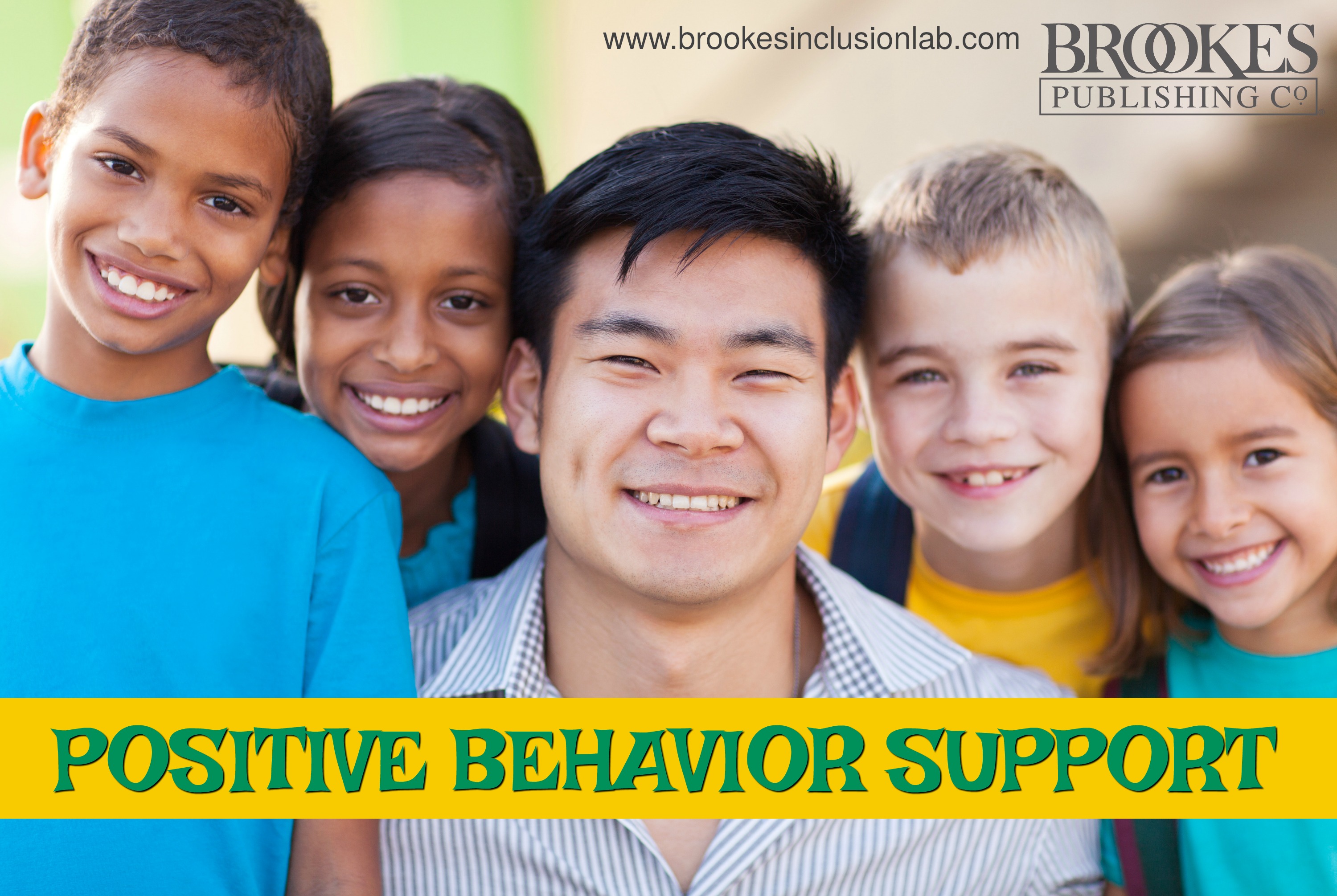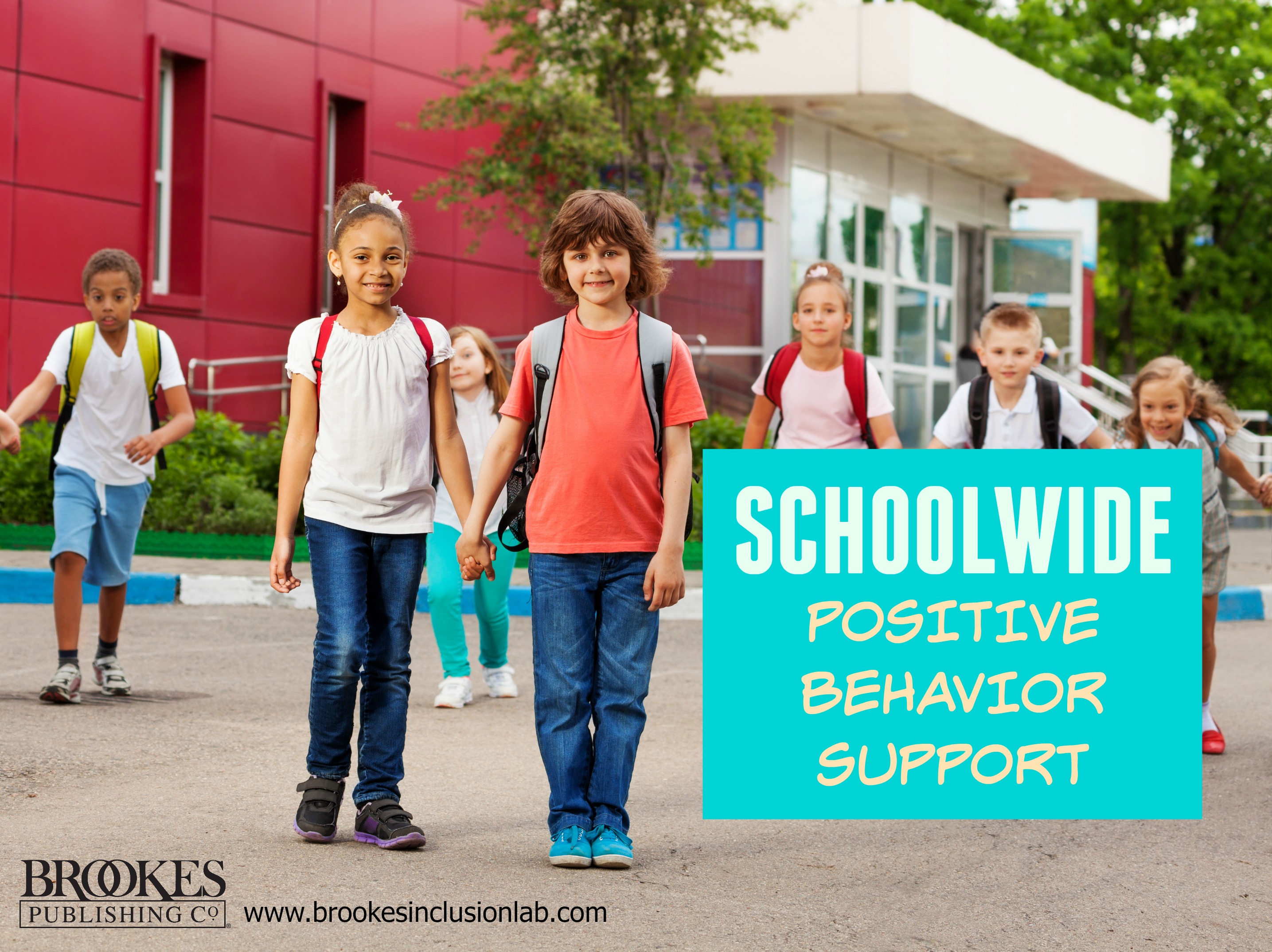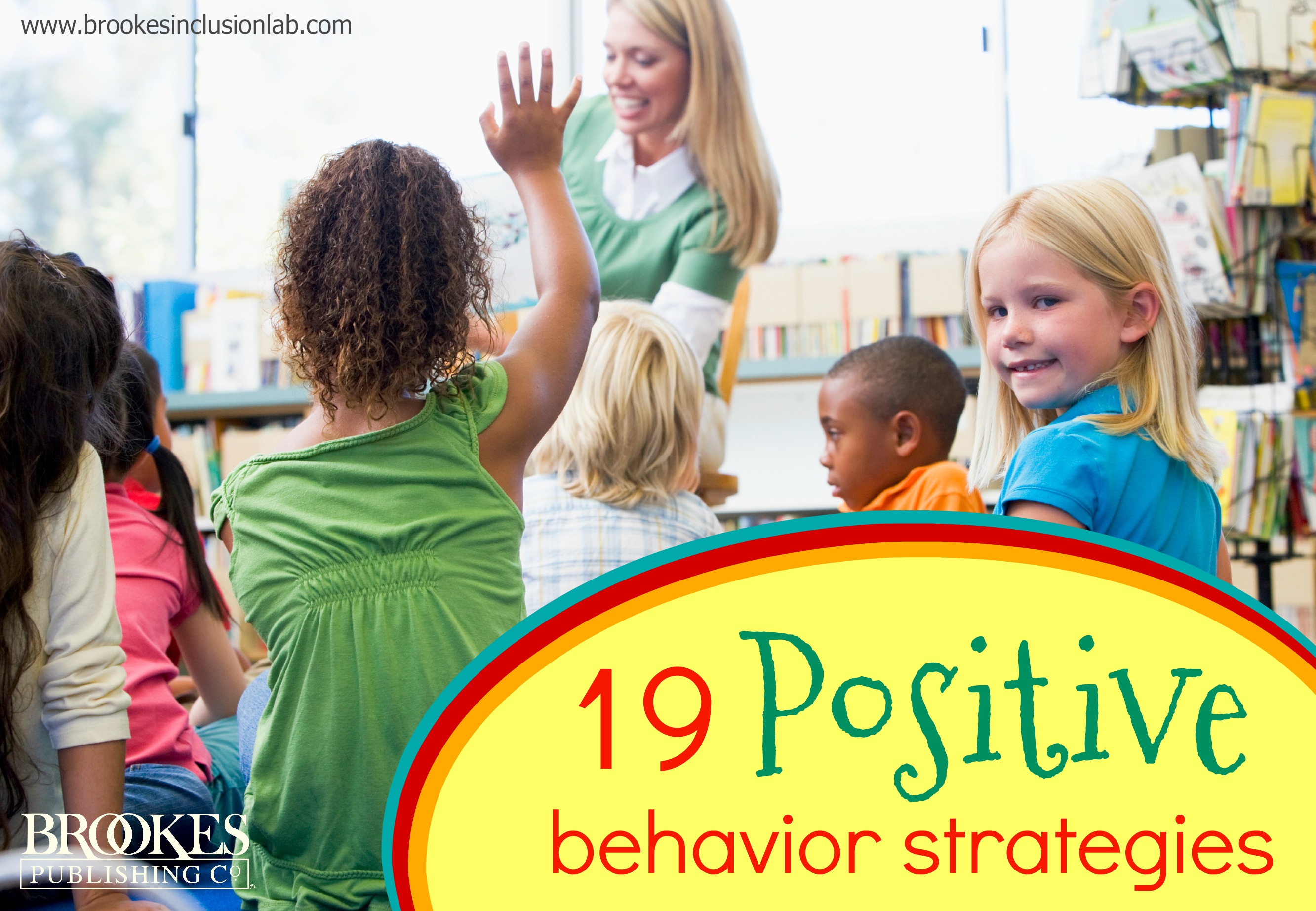As the new school year unfolds, you may be seeing an increasing number of behavior challenges in your classroom. For students with and without disabilities, the return to in-person learning may be fraught with emotions that cause students to act out, withdraw, or react with extra sensitivity to elements like transitions and sensory stimuli.
In today’s post, autism and inclusion expert Paula Kluth offers 10 ways to understand and address challenging behaviors in your classroom. This set of reminders will give you new ways to look at your students’ behaviors, adjust your approach and teaching strategies when necessary, and empower students to make positive changes. Excerpted and lightly adapted from Paula Kluth’s bestselling guidebook “You’re Going to Love this Kid!,” these ideas will be helpful for use with students on the autism spectrum as well as their peers.
1. Focus on Connection and Relationships.
Perhaps the best way to better understand behaviors is to seek ways to connect with students and build relationships with them. This is especially important when students do not have a reliable way to communicate; these students cannot easily express themselves, so teachers must form relationships with them and their families in order to provide meaningful support.
Connecting with students can be accomplished in a number of ways. Some teachers make it a habit to explicitly convey caring. Expressing care can be especially important for students who are struggling academically or socially or for those being ridiculed or teased because they are “different.” Listening is another important part of relationship building. For students who can speak, listening will involve giving students time to share of themselves; eliciting stories from them; encouraging them to express themselves through drama, art, or writing; and getting to know them across contexts (e.g., in school, at home). For students who do not communicate reliably, listening may involve some of these same practices, but teachers will also need to pay special attention to a student’s body language and behaviors. For example, if a student vocalizes, the teacher might “listen” by giving the student attention, showing concern, trying to interpret her distress, or simply letting her know she is being heard.
2. If Possible, Get the Student’s Perspective.
Examine every behavior from the perspective of the student, if possible. How does the student see the behavior? Is it hard or easy to control? Is it purposeful? Is it painful? Is it useful? Does the student want to stop engaging in the behavior? Do they view it as problematic? Is it something they use to cope? Is it something they need to stay calm?
Often, individuals on the autism spectrum engage in behaviors that look strange to others but serve an important purpose. Hearing firsthand from students can help practitioners learn more about life on the spectrum, realize misconceptions, and craft supports that individuals will view as truly supportive.
3. Prioritize Prevention.
When it comes to addressing behavior challenges, a little prevention can go a long way. To engineer preventative strategies, teachers must consider the potential difficulties students may have and—one by one—strategize ways to sidestep those difficulties. For example, if the student always seems to have problems during transitions, brainstorm specific strategies that can be used to ease the process. If the student gets upset when he hears loud noises, put a plan in place for these instances. If the individual resists certain kinds of work and escalates when pushed to finish tasks, create a list of all the effective strategies that family and staff members have used to help her take risks or complete work.
See this blog post for additional ideas related to prevention of behavior problems.
4. Talk to the Student’s Family.
Family resources are underused many times. Parents offer expert advice and teachers must take advantage of it. Families often can tell us a great deal about their child’s disabilities and needs, but more important, they can tell us about their child. In some situations, only the parent will have the information we need to decode a student’s behavior, and only the parent can help us provide the proper support. The “consultation” provided by parents is free of charge, effective, and will often help us to see our student in a completely different light.
5. Use the School Community.
It certainly “takes a village” to educate all students, and every member of the school community should be considered a potential collaborative partner. Support might come from a secretary, the librarian, a volunteer, a PTA member, the school nurse, or the campus security officer.
Students also can be great supports for each other. Many insightful teachers I know use peers as resources and help all students understand that they have a responsibility to support one another. Although students are not often viewed as collaborative partners, they often thrive in this role. Sometimes students see and understand things that adults do not. Peers are a rich, underused, and plentiful resource that should be used liberally across grade levels.
6. Assess and Adapt the Environment.
Always assess the environment when behaviors erupt. Students may require adaptations to classroom lighting or seating. Or, they may need some tips on how to stay comfortable in places that are not “friendly” to their needs. Keep in mind that whereas some examples of environment change are large and schoolwide, other effective changes can be very minor. For example, a teacher who had a student with auditory sensitivity asked all his fourth graders to cut holes in four tennis balls and stick the balls on the feet of their chairs. This adaptation cut down on the noise created by 30 students moving their chairs all day and greatly reduced the stress (and related behaviors) of the student with sensory issues.
Helpful questions that can help you evaluate learning space for individual students include the following:
- How does the noise level in the classroom affect your students?
- How, if ever, is music used?
- What materials are in the environment? Are they adapted for your learners? Age appropriate? Varied?
- What types of visual inputs or cues (e.g., picture schedule) are in the room?
- Is the lighting appropriate? Is it too bright or too dim for some learners?
- What seating options do your students have?
7. Teach New Skills.
Sometimes we go for a shortcut response to behavior that will solve it temporarily, but teaching new skills, when possible, is likely to provide more long-term success. For example:
Role play is a technique that helps students try new behaviors, language, and experiences in a low-risk situation with teacher support. For instance, if it is hard for a student to take turns on the classroom computers, you could role play how to request a turn, wait without interrupting peers, and play games or navigate web sites cooperatively. Teachers can create or write the mini-dramas for students, or learners themselves can take the lead in setting the scenes and acting out the various parts.
Visualization is the art of creating a mental model of a situation. It is controlled, directed, and purposeful; and it can be useful to any student in the inclusive classroom. “Seeing” oneself achieving a goal (or behaving in a certain way) has a way of making the brain believe that attaining that goal is possible. Students might use visualization for dealing with a bully, calming down during an altercation, or even managing anxiety before a test. When teaching the exercise to students, suggest that they add details (e.g., have them imagine words they will speak and clothes they will be wearing), embellish it (e.g., tell them to add background music), and create a vibrant image that they can “view” over and over again.
8. Evaluate Curriculum and Instruction.
Although most conversations about behavior are centered on the learners and their needs and challenges, teams seeking lasting change must look at how and what each student learns and how they are being taught. Some of the most common causes of challenging behavior (whether students are on the autism spectrum or not) include the following:
- Curriculum that is dull and lacks variety (e.g., same flashcards or worksheets are used repeatedly)
- Instruction that is incompatible with the learner’s challenges and needs (e.g., asking a student with fine motor problems to write all assignments longhand instead of allowing typing; requiring a very active student to sit for long periods of time)
- Not enough opportunities for communication, conversation, and choice making (e.g., a nonverbal student participates in lessons without augmentative and alternative communication)
- Curriculum that is not age-appropriate (e.g., a 9-year-old still working on number, letter, or color identification)
- Not enough social interaction (e.g., too much learning in one-to-one settings)
- Not enough fun or joy in the day (e.g., not enough of the student’s interests embedded in activities, few novel or exciting elements in lessons)
Students who experience these challenges in curriculum and instruction may respond with negative behavior. Challenges can be averted if you differentiate instruction and offer a wide range of lesson formats, teaching strategies, instructional groupings, and assessments throughout the year.
9. Be Willing to Adapt.
Behaviors are facilitated or even created when students are not allowed access to the adaptations and supports that they need. Behaviors are not fixed realities; when teachers work to understand students and adapt to their needs, undesirable behaviors can be minimized or eliminated. There is great power in creating adaptations and working toward solutions instead of focusing on problems.
For adaptation ideas and guidance, see this blog post on accommodations and modifications.
10. Do Something Else.
Continuously approach problems from different angles, step back and view the difficulty in another way, and occasionally resist the urge to “do something” when a struggle arises. Sometimes thinking outside the box can help individuals and teams find solutions that they could not uncover by doing more or working harder. Here are a few “something else” ideas you might try when challenging behaviors arise:
- Quietly observe the situation for a few days instead of intervening.
- Journal or write about the concern to see if an answer emerges, or have the student journal about it.
- Consider making a home visit to get more information about the student’s life beyond school.
- Confide in the student, telling them how you are feeling about the situation.
- Schedule a series of lunch meetings or soda breaks with the student or with a student and a friend to learn more.
- Consult with someone new (e.g., the student’s grandmother, an adult with autism, the crossing guard, the student’s best friend).
- Try to understand the behavior another way, from a completely different perspective (e.g, how would an artist, an athlete, a CEO see this behavior?).
Use this important set of reminders to help you this year as you provide behavioral and social-emotional supports to your students. And for more practical strategies on positive behavior support, see the related posts listed below!
Stay up to date on the latest posts, news, strategies, and more!
Sign up for one of our FREE newslettersMore posts like this

Positive Behavior Support: What It Looks Like, What to Watch Out For
September 12, 2017
7 Steps to Successful Schoolwide Positive Behavior Support
January 24, 2017







Write a Comment
Your email address will not be published. Required fields are marked *
Post a Comment